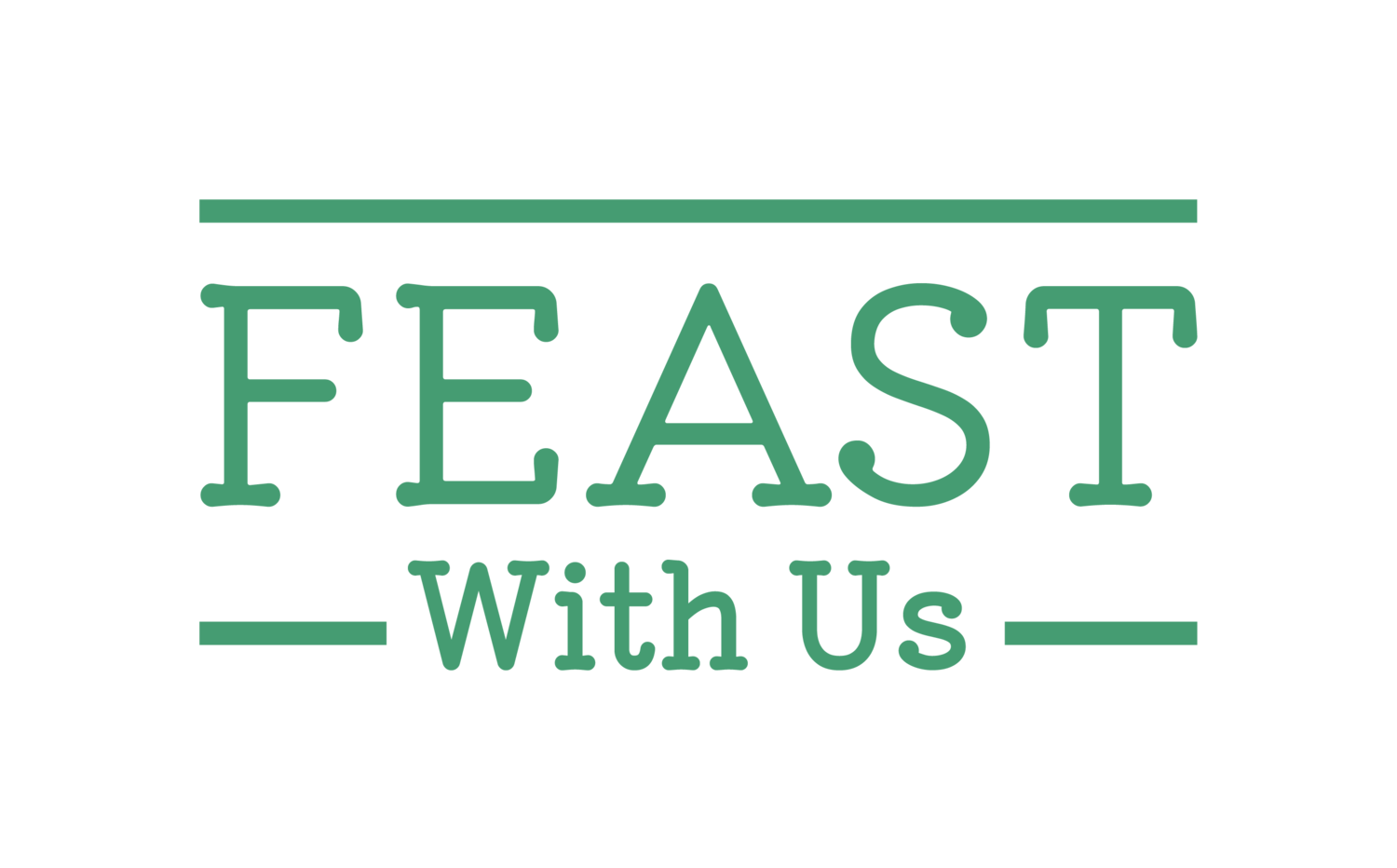1.3. Plastic Packaging Waste
Plastics are one of the most versatile and useful manufactured products we use today, with many positive applications, including helping to prolong the life of some food items.
However, plastic waste has become one of the most widely discussed environmental issues over the last few years, as its impact on marine life, wildlife and human lives are becoming ever more apparent. The UN predicts that by 2050, there will be more plastic in the oceans than fish if we continue to use plastic in the way that we do.
Our current plastics industry has a high dependency on single-use plastics, enabling our throwaway culure and piling pressure on waste management systems. This industry is based on the principles of a linear economy where products are designed to be thrown away straight after use. This, coupled with poor waste management systems, is a main reason for why 8 million tonnes of plastic enter the oceans each year.
Disposal of Plastic Packaging
Around the world, disposal methods for plastic packaging can be broken down into these four options:
Landfill.
Incineration.
Recycling.
Unaccounted for.
The chart below shows the results of an investigation by the European Parliament into how each of these three management options, as well as the unaccounted for plastics, compare around the world.
Plastic packaging disposal methods
In the UK, around 2.4 million tonnes of plastic packaging waste is generated every year and with a low rate of recycling, much of this ends up being disposed of through the least sustainable methods; landfill and incineration.
There are three main reasons for why we have a low rate of plastic packaging recycling:
Not all plastic packaging has been designed to be recycled, for example black plastic cannot be detected by recycling sorters and therefore is discarded with products for landfill
Plastics made for use in certain industries can be difficult to reuse or recycle for use in another industry, especially for food-grade packaging
There are high levels of confusion about what items can and cannot be recycled
There are inconsistencies between local authorities on which plastics are collected for recycling.
These low levels of recycling have led to a widespread issue of plastic packaging pollution with a number of consequences, both visible and hidden.
Watch this video to understand more about some of the impacts of plastic packaging pollution.

